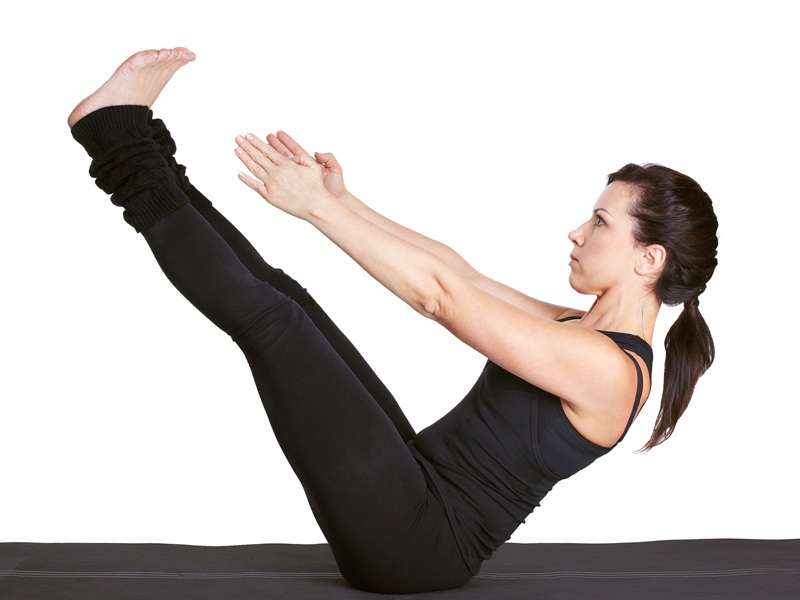The Principles of Jivamukti Yoga and Steps to Practise
The practise of Yoga has influenced many westerners, who flew down to India to master the art. One such couple who wanted to create their own mark in the field of Yoga has devised the technique of Jivamukti Yoga. It was started by Sharon Gannon and David Life in 1984, where they opened their first center in New York, after being trained in the Sivananda program. Jivamukti Yoga is a combination of physical exercises, spiritual practises and ethical behaviour. It is based on the five central tenants, which cover all the aspects of the Yogic practise. In this article, we shall understand what is Jivamukti Yoga and how it benefits us.

What Is Jivamukti Yoga?
Jivamukti is a combination of the words ‘jivan’, which means life and ‘muktih’ which means moksha or liberation. Together the word means attainment of moksha or liberation from the endless cycle of death and rebirth. This form of yoga is based on the literal Sanskrit meaning of asana which is seat or connection. It emphasizes on ‘sthira’ or place of joy and ‘sukham’ or happiness. One’s asana or relation with others should be instilled with sthira and sukham.
This is the radical idea that Jivamukti Yoga embodies. If implemented properly, it will eradicate all forms of discrimination and unrest in the world. Thus the Jivamukti Yoga sequence aims to use yogic asana to improve not just the physical strengths of its disciples but also to improve their thinking and make them better people. It’s a way to establish harmony in the world, thus improving one’s relationship with all others. In this manner, with continued practice of magnanimity and tolerance you will soon reach enlightenment!
[Read: Jnana Yoga for Beginners]
Principles Of Jivamukti Yoga:
Jivamukti yoga’s core philosophy is based on five basic principles – ahimsa, bhakti, dhyana, nada and shastra.




















